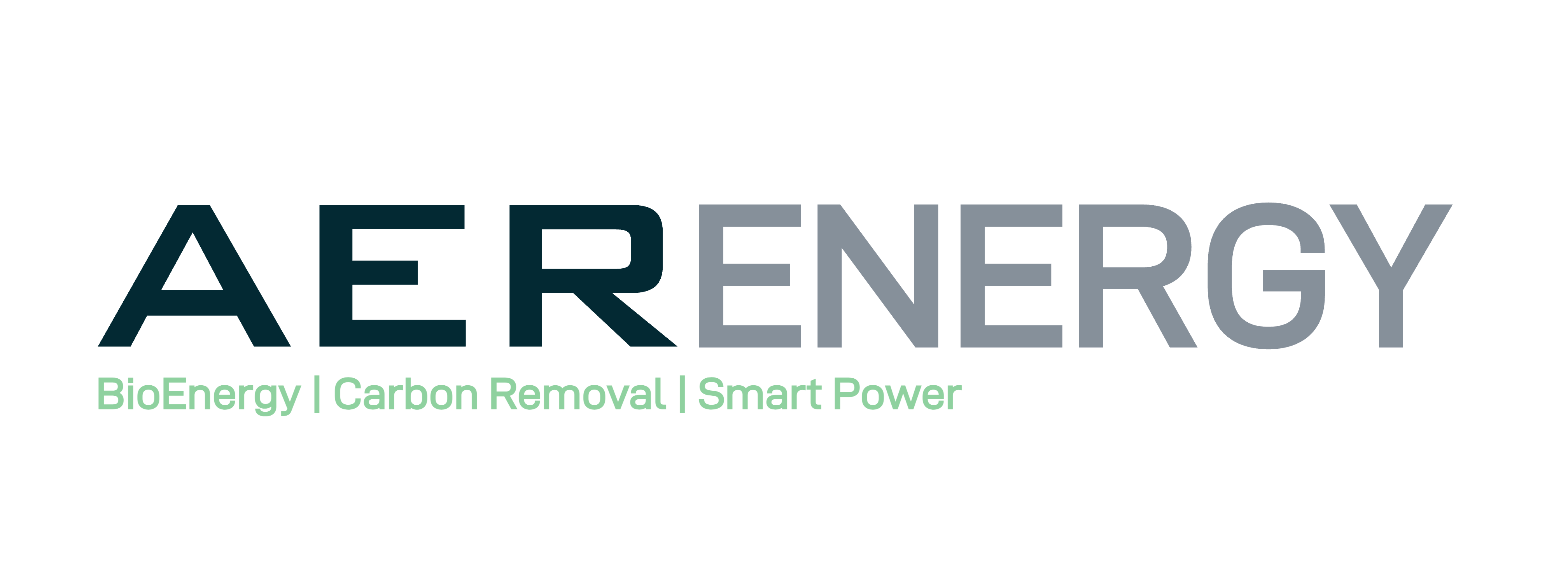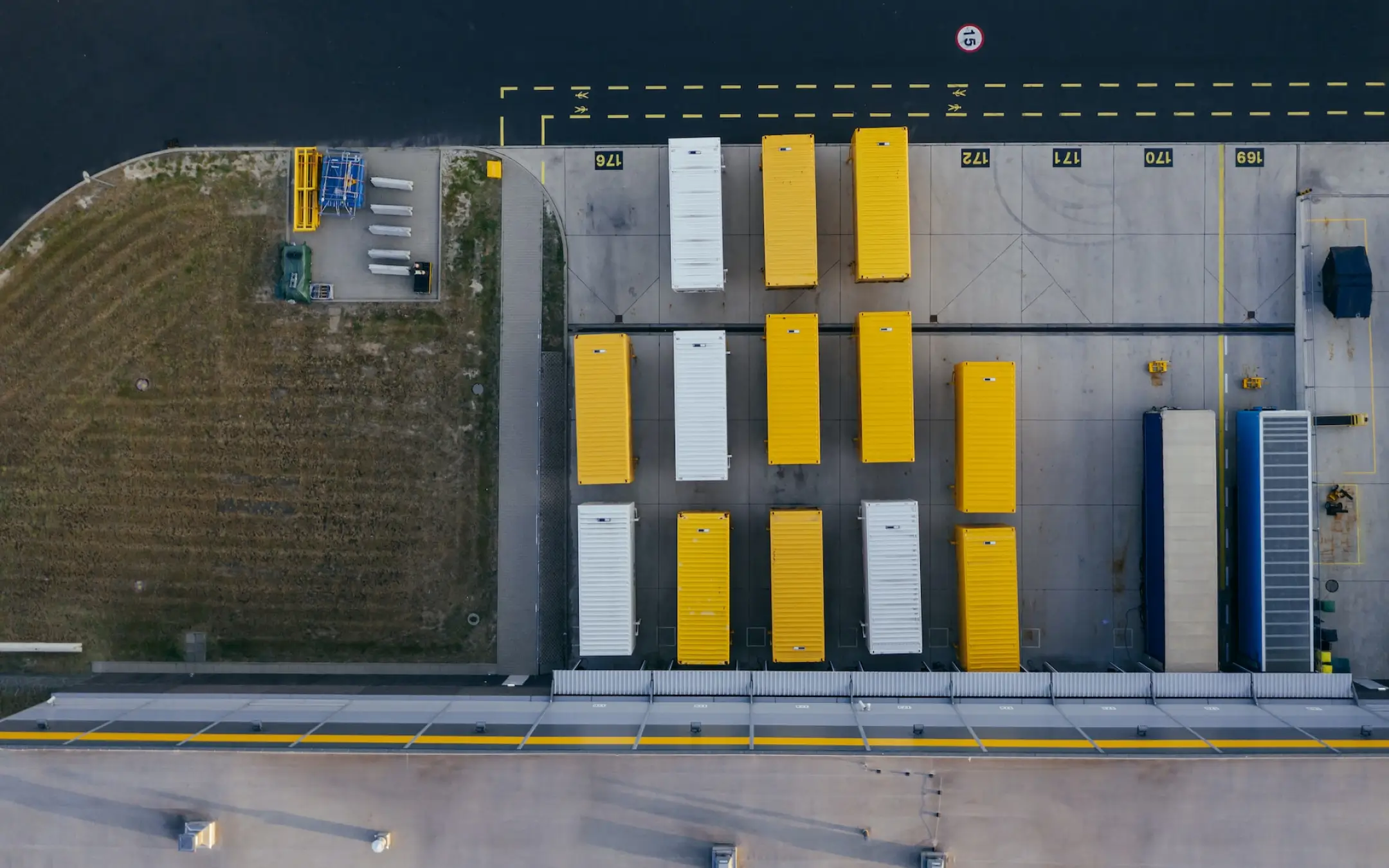Turning Waste Into Revenue: How Municipal Biomass Can Power Cities and Earn Carbon Credits
Executive Summary:
Most cities treat biomass as a cost. AER Energy turns it into a revenue stream. Using modular gasification, councils can convert green waste, MSW, and agricultural residues into renewable electricity, clean fuels, and premium carbon credits—while eliminating methane emissions and landfill dependency.
From Landfill Liability to Energy Asset
Cities generate millions of tonnes of organic and biomass waste each year. Traditionally, this material is:
- Trucked to landfills
- Slowly composted
- Or openly burned
All of which contribute to:
- ❌ Methane emissions (25x more potent than CO₂)
- ❌ High tipping fees and transport costs
- ❌ Missed energy and carbon credit opportunities
Meanwhile, landfill space is shrinking and climate accountability is rising.
How Biomass Gasification Changes the Equation
AER’s carbon-negative gasification units are built for municipalities. We turn chipped green waste, agri-residues, or MSW organics into:
- ⚡ Dispatchable Renewable Power
- 🧪 Green Methanol
- 🔥 Industrial Heat and Steam
And unlike traditional combustion-based WtE systems, AER gasification:
- ✅ Operates with ultra-low emissions
- ✅ Requires no external fossil fuel
- ✅ Produces biochar and/or CO₂ that can be sequestered
- ✅ Generates verifiable carbon credits
3 Revenue Streams for Municipal Partners
- Energy Cost Savings
- Power your own assets (e.g., desalination, wastewater treatment)
- Offset grid electricity and peak pricing
- Carbon Credit Revenue
- Verified credits under Puro.earth, Verra, or ISO 14064
- Revenue of US$100–$600 per tonne CO₂e (high-integrity removals)
- Waste Diversion & Compliance
- Reduce tipping fees and transport costs
- Meet federal/state mandates on landfill diversion
Real-World Use Cases
- 🏙️ City councils managing green organics and park waste
- 🚜 Agri-regions with harvest residue or husks
- 🏝️ Island communities lacking landfill space or grid power
- 🔄 Circular economy cities seeking climate-first waste reuse
Even small volumes (e.g. 10,000–30,000 tonnes/year) can support viable systems using AER’s modular model.
Why This Outperforms Traditional Waste-to-Energy (WtE)
Built-In Carbon Removal
Unlike incinerators, AER’s systems:
- 🔒 Sequester carbon into long-lived char or captured CO₂
- ✅ Comply with ISO 14064, MRV, and third-party validation standards
- 💰 Generate high-value carbon credits with strong permanence
- ♻️ Avoid methane by keeping biomass out of landfill
This is real decarbonization—not just lower emissions.
Your City’s Path to Climate Revenue
Here’s how we work with municipalities:
- 🧾 Waste Audit & Feedstock Assessment
- 🏗️ Site Evaluation and System Sizing
- 🔌 Modular Deployment of gasification units
- ⚡ Integration for electricity, heat, or fuel use
- 📊 Carbon Credit Enablement with MRV setup
Result: a climate-positive waste solution that pays for itself.
Conclusion: Time to Rethink Waste
In a net-zero world, biomass doesn’t belong in landfills. It belongs in carbon-negative energy systems. AER Energy helps cities turn waste burdens into energy assets and climate solutions.
Want to Learn More?
- 📄 Download Municipal Solutions Brief
- 🤝 Speak with Our Deployment Team
- 💬 Submit an Expression of Interest



.png)
.png)